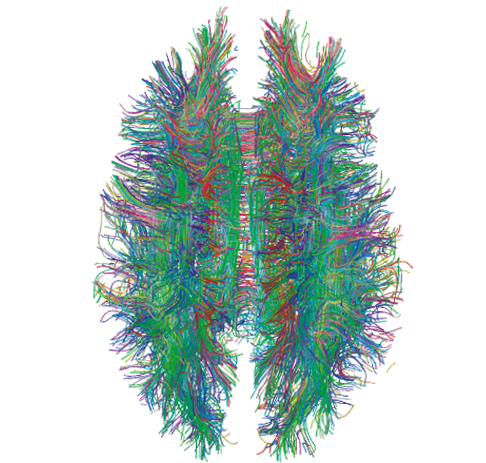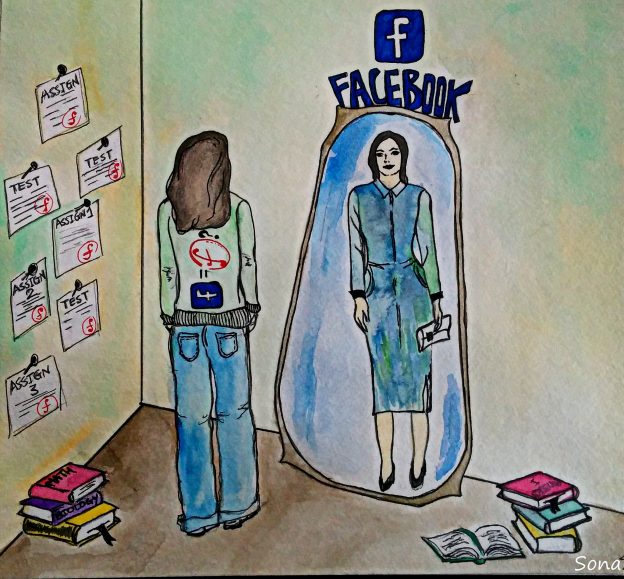Capital is a Lutheran school and so I talked with the students in the DigCiz class a bit about the Lutheran idea of vocation. I’m not Lutheran but I have worked at a Lutheran institution for almost nine years and I have attended Lutheran conferences where the idea of vocation was the focus. I didn’t really feel qualified to give an overview of the Lutheran idea of vocation so I let folks like Parker Palmer speak for me (even though he is Quaker I felt that he drove the point about purpose home) and threw in some Fredrick Buechner.
Even though I’m not Lutheran I feel drawn to this idea that the thing that a person does with their life is bigger than just acquiring a set of skills and collecting pay.
I think that one of the things that makes Capital, and other small Liberal Arts institutions, distinct is this focus on the whole person and life long learning. Yes one needs to learn skills but as markets fluctuate an ability to know oneself, what one is passionate about, and how one can best meet their needs but also serve the world – well that is big. Then we add in not just knowing one’s self but knowing how to articulate one’s digital self. It is going to be a process. We are not going to finish this lesson by the end of the DigCiz course. However, we can start.
If digital citizenship is about being a person on the web then how does one use the web in terms of their calling, their vocation, their career, their job?
There are a lot of warnings about putting information online that could be of a detriment to career prospects or even to current employment. This is an important point that cannot be overlooked. Different careers may have different limitations about what can be public and what needs to stay private. For instance, if in an educational or health care field in the United States, laws such as FERPA and HIPAA will come into play in terms of how much you can say about students or patients.
However, when considering any career there is a lot to be said for having a strong network. Digital and social media can help to build a network when used as a tool for learning. Most fields are shifting and changing at a rapid pace and being able to connect with others in a field to gain knowledge can be an important skill. A professional website can be a place to highlight achievements and a blog can give a glimpse into ones thinking over time. Using social media tools can of course act as a news feed but more importantly it can connect a person with others in their field who may have knowledge to share.
But it is a delicate balance.
How the public and private are juggled is going to differ depending on each person and the environment in which they find themselves.
For this next blog post prompt I’m asking students to consider a job, career, field, discipline, etc and then to think about how a digital identity fits into that world. Are there others in that field who are expressing themselves as digital identities now? How do they use the web in that field? What hashtags, if any, are being used to gather conversations in that arena on places like Twitter? What about LinkedIn and personal websites? However, I’m hoping that students don’t forget to notice what is not being said and why – is there a law prohibiting certain types of speech? If not a law a kind of professional courtesy? What does all this mean in terms of being a digital citizen?
Image Credit CC-A Joelle L “Facebook: Self-constructed digital identity and academic performance”






